Once you notice that your baby farts a lot, you probably begin to get concerned. Moreover, after colic or prolonged crying of your baby, you might also notice that he or she is more gassy than normal. In this article, let’s find out the reasons and potential interventions for excessive flatulence in babies.
Reasons why baby farts a lot
You might think that even during pregnancy, babies fart in the womb. However, scientific pieces of evidence prove otherwise since babies aren’t able to fart while in the womb. Furthermore, babies are only able to fart when they are in the outside world. Flatulence in babies can be caused by various things that are often not much of a health concern unless other underlying health issues have caused excessive gaseousness in your baby that might need medical attention. Here are the common reasons behind baby flatulence:
Colic
It is normal for babies of all ages to cry. However, when a baby cries for a total of more than 3 hours a day for several days a week, then it might be colic. Colic may either be a cause or effect of excess gas in babies. When babies cry, gas also gets into their stomach and later on causes flatulence. But, as gas builds up in the digestive system of the baby, they often feel pain or discomfort that may also cause colic and continue to make your baby gassy.
Reaction to the breastfeeding mother’s diet
The diet of breastfeeding moms may affect the quality of their breast milk. Furthermore, the intake of some food might be limited or restricted to some breastfeeding moms if their babies respond negatively to their mother’s food that their mothers are eating. Some nutrients in food can cause your baby to be gassy if you are breastfeeding. When your baby becomes gassy, he or she may fart or burp more frequently than normal.
Change in the baby’s diet
As your baby grows, you eventually introduce new food items. Also, you might change or introduce other kinds of milk for your baby. However, this food might be another reason why your baby is gassy. Even though it is not a major health concern and your baby is just adjusting to certain food items, you may want to introduce new food to your baby gradually before attempting to feed larger amounts, especially if it is food that may cause a food allergy or increased flatulence.
Too much ingestion of breast milk
If you are breastfeeding, and you attempted to increase your milk supply, your baby might be ingesting more breast milk that he or she needs per feeding. This may lead to too much ingestion of breast milk or too much intake of air during breastfeeding. There are many ways on how you can increase your breast milk, but too much breast milk may also make your baby more gassy than usual.
Type of bottle used for baby formula-feeding
If you are bottle-feeding your baby, the type of baby bottle that you are using may also be the reason behind your gassy baby. There are also fast feeding bottles and slow feeding bottles. If you think that your baby is farting more than usual upon using a fast feeding bottle, you might want to consider using a slower feeding bottle to reduce the air intake together with the milk while bottle feeding.
Food or milk allergy
As you introduce food to your baby, you might not know whether or not your baby is allergic to certain food. However, as you introduce new food to your baby, you might notice certain changes in the amount of flatulence or burping that your baby experiences after eating a certain food. These aren’t immediately tell-tale signs of food allergy since it might just be your baby’s adjustment to certain food.
If you are feeding your baby with formula milk, and you recently tried to feed your baby with a new formula only to find out that your baby becomes very gassy afterward then your baby might be allergic to this type of milk formula. On the other hand, you might also overfeed your baby with a formula that is not suitable for him or her because of some allergic reactions to the milk.
Do breastfed babies produce more gas than formula-fed babies?
Not necessarily. Many factors affect the gaseousness of your baby. Besides, you might want to mix feed your baby with both breast milk and formula milk, especially if you have twins or multiples. Both breastfed and bottle-fed babies can produce plenty of gas. In breastfed babies, flatulence can increase with the wrong breastfeeding posture or oversupply of milk. On the other hand, formula-fed babies can be gassier with the wrong type of milk or feeding bottle.
How to prevent gaseousness in babies?
Gaseousness and flatulence in babies can be prevented with certain measures. Moreover, as your baby grows, a change in diet is inevitable. So, you might want to introduce the new food gradually to avoid gaseousness and upset stomach. Here are some ways to prevent flatulence in babies:
- Prevent overfeeding
- Relieve infantile colic
- Proper bottle-feeding position
- Limit the intake of carbohydrates, vegetables, fruits, and high-lactose milk.
- Give your baby a light belly rub or massage
- Apply warm compress to your baby’s belly
- Stimulate burping
- Ask your pediatrician if your baby needs oral Simethicone suspension drops
- Leg exercises
Conclusion
Farting is generally normal in babies, but if your baby farts a lot, which is significantly more than usual, and then you might want to know the reasons behind it. If excessive farting only happens for a short time or with certain foods, then it is probably not a major health concern, but if it continues to happen despite trying some ways to prevent gaseousness in your baby, then you might want to seek the help of a pediatrician for potential treatment.

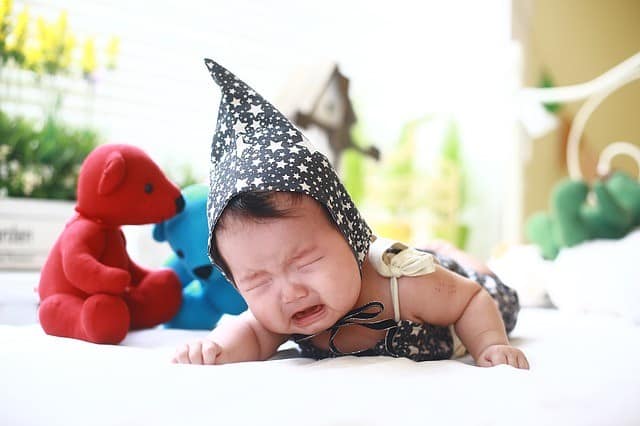


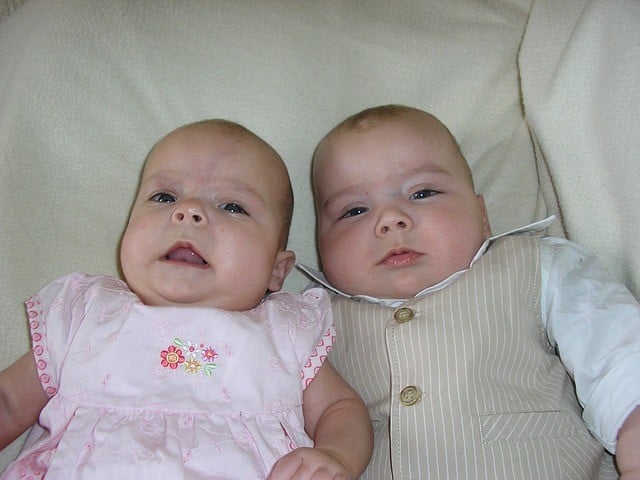


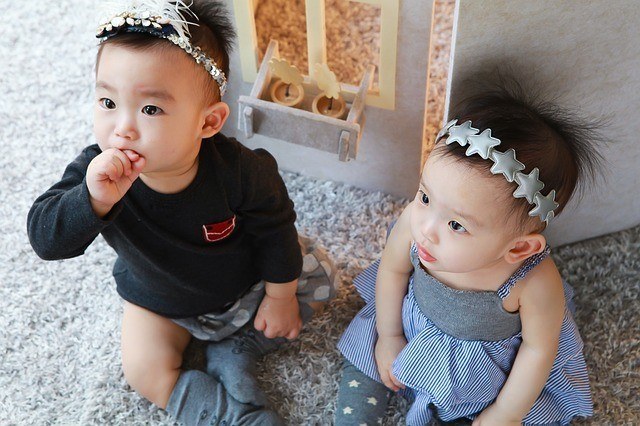






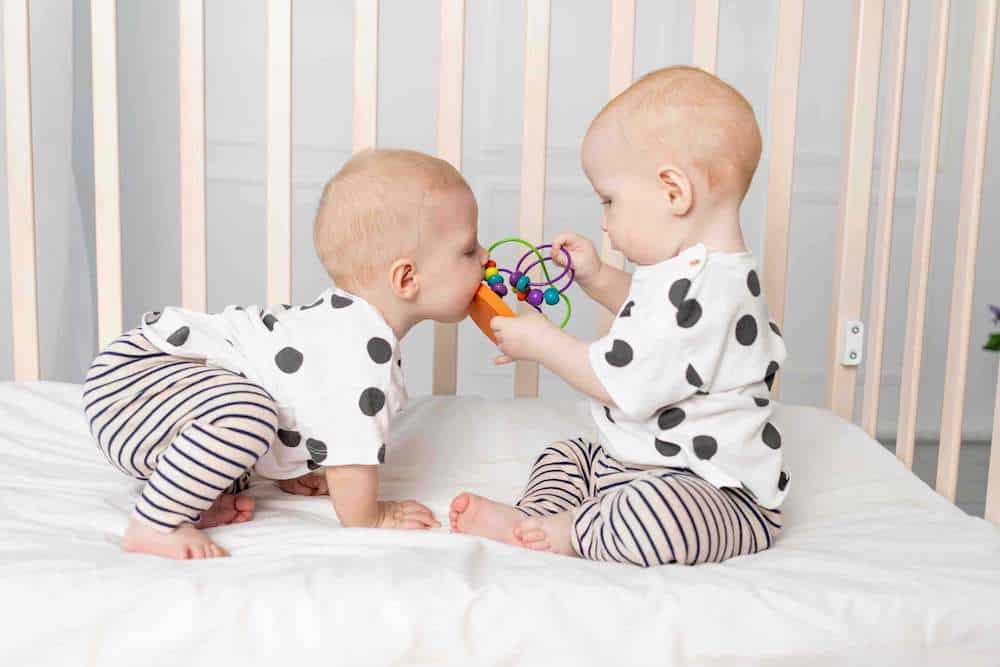


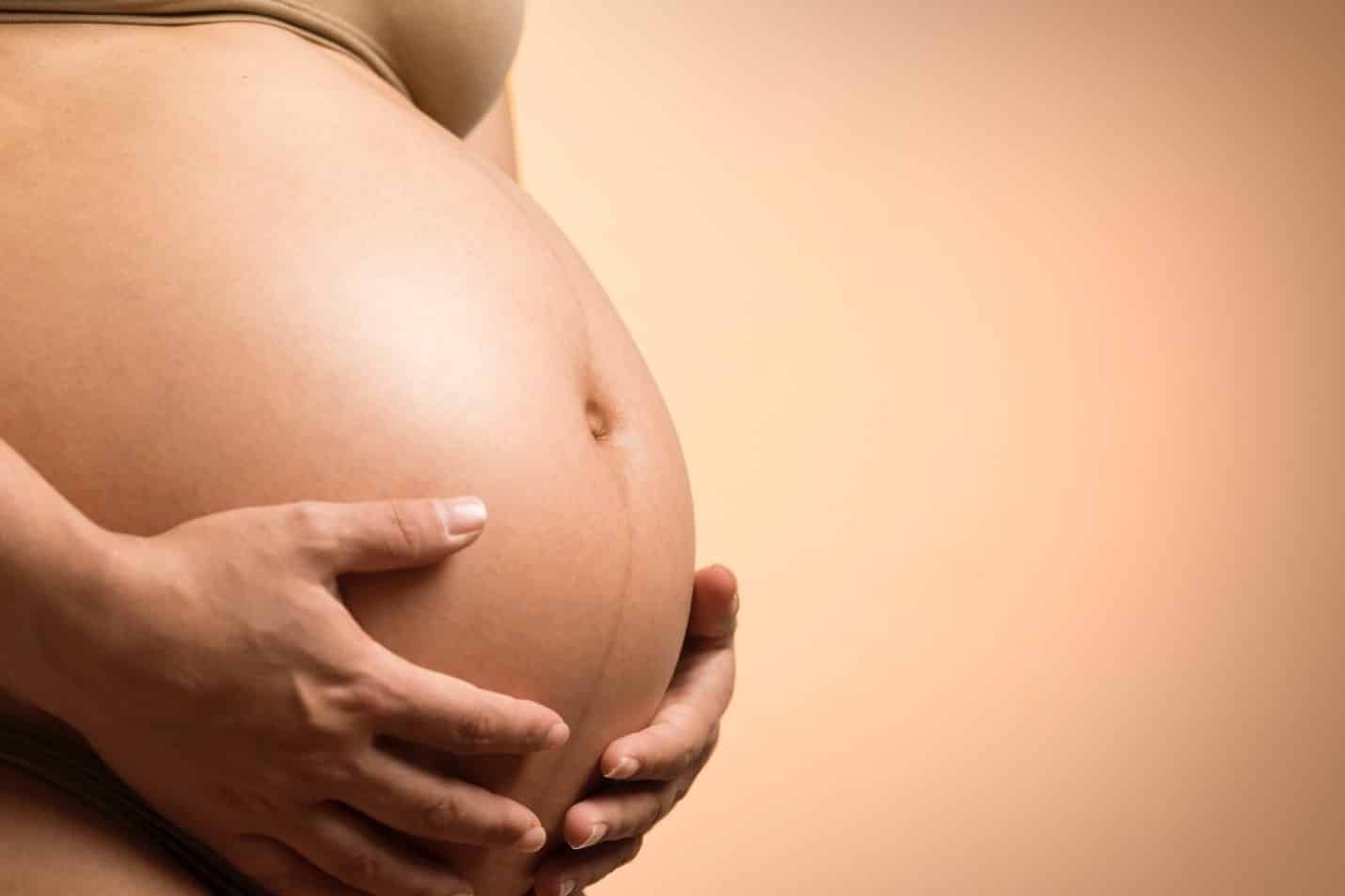
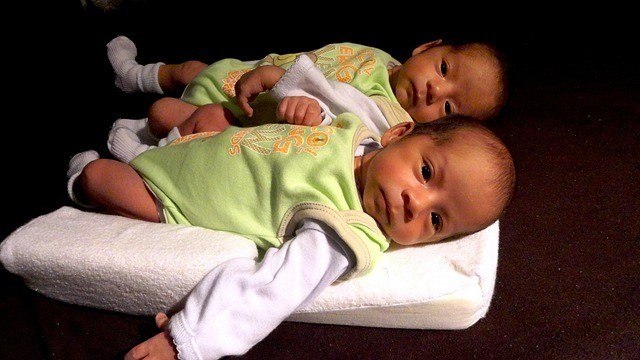

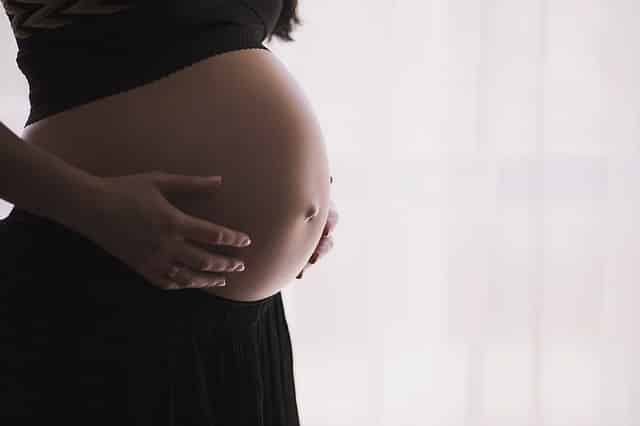


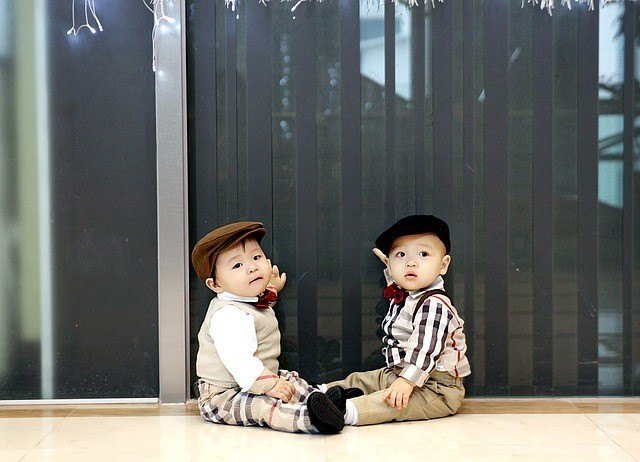






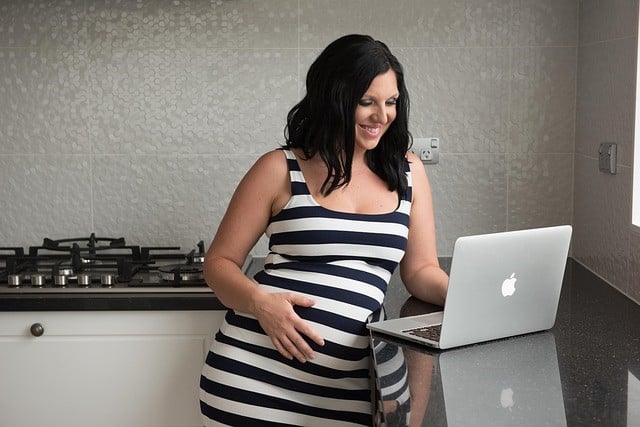


 Store
Store